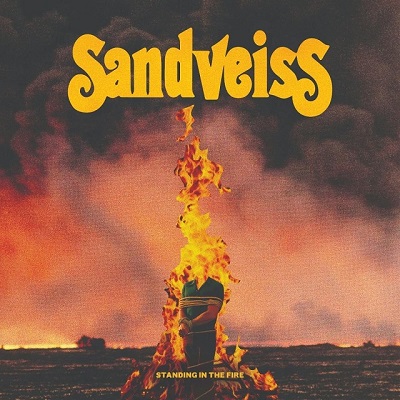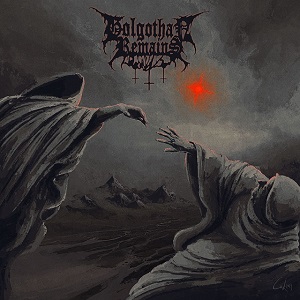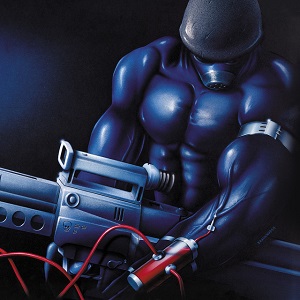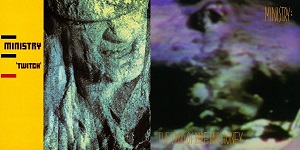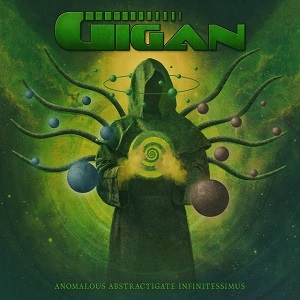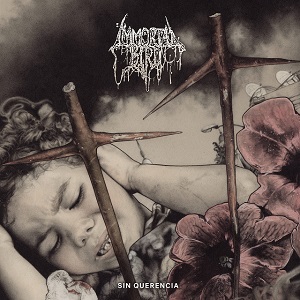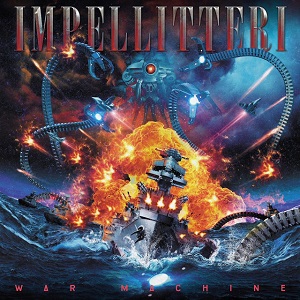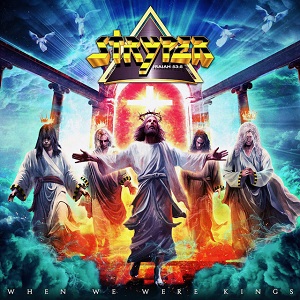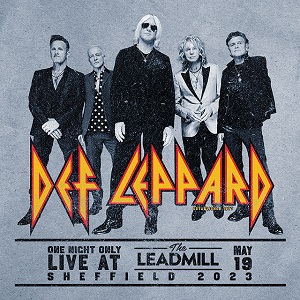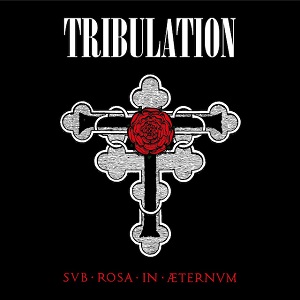GLYDER - Black Rose Bereft
June 29, 2010, 14 years ago
The driving force behind Glyder is another Irish rock group, Thin Lizzy. In fact, Glyder’s first show ever was a Phil Lynott tribute gig in 2004 in Dublin. Not only do Bat and the rest of Glyder – vocalist/bassist Tony Cullen, guitarist Pete Fisher and drummer Davy Ryan – consider Thin Lizzy to be a huge influence; but they count Phil’s mother, Philomena Lynott, as one of their biggest fans! According to Bat, “when we first started the band, a friend of mine was also a neighbour of Philomena’s. He brought me to her house and introduced me to her. Since then, she’s always come out to support our shows in Dublin. It’s a small little community you know. Think of heavy rock on a global scale – it’s a small world. In Ireland, it’s very, very small. She appreciates the fact that we love Phil so much, that he inspires us to actually get out and play music. To see another band come up, it brings back a lot of memories for her too – when Phil was young and he was trying to get off the ground.”

Now with the release of their new album, Yesterday Today and Tomorrow, Glyder is trying to crack the North American market. Despite securing a strong fan base in The UK, Europe and Japan with their first two albums – Glyder and Playground For Life – the band has yet to make a splash on this side of the Atlantic. Bat and the boys hope that a guest appearance from Y&T; guitarist Dave Menketti on the title track will impact their landing on Canadian and American soil. “We went on tour with Y&T; in The UK in 2008. The idea for the song ‘Yesterday, Today And Tomorrow’ – Y&T; stands for Yesterday & Today – that song was written not long after that tour. I did the demo of it and when Tony heard it, it reminded him of Y&T; and Dave Menketti’s style of guitar playing. Wouldn’t it be cool to ask Dave to play the solo on it? So we did and he said he would. He did his parts at his home in California and emailed it over to us, pretty simple.”
As Bat recalls, simplicity played a part in picking the moniker Glyder. “We were originally called Hollywood, a name that was given to us by our manager at the time; none of us liked that name. We were making the first album in London (England) with (producer/engineer) Chris Tsangarides (Thin Lizzy). Where we recorded the album, there was a disused World War II airfield; it was just being used to bring gliders up into the sky. Everyday we were in the studio it was really warm so we’d sit outside and have a cool beer and see all these gliders in the sky. Tony suggested that we call the band Glider. I was thinking the same thing. But there was already another band called Glider, so Pete suggested that we change the I to a Y. He sketched out the logo and it looked cool. Some people don’t think Glyder suits the style of heavy rock music we play, but I think it does because a glider is something in the sky that floats along at ease and has a certain grace about it. That’s the way I like to think of Glyder as a band – pretty pure and up there doing our thing.”

Glyder’s thing definitely involves their aforementioned storytelling, an example of which can be found on the song ‘Knockout’ – a song written about Muhammad Ali. “The music for that song came first,” remembers Bat. “The first thing that came into my head was a punch-up or a fight. Then it just evolved into a song about Muhammad Ali and that evolved into a song about a specific fight – The Rumble In The Jungle (October 30, 1974 – then world heavyweight champion George Foreman against former world champion Muhammad Ali). I knew all about the fight, but I did a little bit of research into it. For me personally, it has another meaning. What really struck me about Muhammad Ali was for that particular fight, he was the underdog because he was 32 years of age and George Foreman was younger than him. They said he couldn’t win. I’m in my 30s now and the other guys in Glyder are in their 20s, so for me it’s kind of saying, because you’re in your 30s, it doesn’t mean you haven’t got it in you to do it. I think you’re more determined to succeed when you’re the underdog. In a way, I feel like the underdog. I feel Glyder sometimes is like the underdog too. It’s been tough to get out there. I like to think of this song as defiance and proving to the world that you’re the greatest, as Muhammad Ali would say himself.”
Another tale on Yesterday Today and Tomorrow, that of ‘Jack Strong’, came to life when Bat and his bride “went to Nashville last year on our honeymoon. We were sitting in a bar drinking a beer and the whole scene just came into my head. It’s not a true story, just a piece of fiction that popped into my mind. Sometimes music is entertainment or distraction, that’s what ‘Jack Strong’ is. In fact, it wasn’t meant to be a Glyder song. I wrote it on an acoustic guitar and I was playing it for my wife. She thought it would be great for Glyder, so we rocked it up and made it fit. I kind of did a ZZ Top thing with the keyboards and the production of it.”
Yesterday Today and Tomorrow is ten songs unto itself with three bonus tracks: ‘Time To Fly’, ‘All You’ve Done’ and ‘Elverstown’ tacked onto the end. “To be honest, I wanted ‘Time To Fly’ to be an extension of (the last song) ‘Yesterday, Today And Tomorrow’, so they would join together as one piece of music around a common theme of life – living and dying. ‘Time To Fly’ is about having dreams and hopes. ‘All You’ve Done’ is about someone working with people who are dying and ‘Elverstown’ is a very haunting piece of music. But we ran out of money when we were mixing it. So rather than stash them away for a couple of years, we put the tracks on there. We use the last one, the instrumental ‘Elverstown’ as our intro music for our live show; it’s pretty dramatic. It kind of reminds me of something Ennio Morricone might do – the guy who wrote the piece Metallica use from The Good, The Bad And The Ugly. I’m pretty proud of those pieces of music.”

Visually, the album cover for Yesterday Today and Tomorrow depicts an aged rocker looking at a much younger image of himself in the mirror. “That was my idea that I gave to the artist, Mark Wilkinson. What I wanted was an old guy looking in the mirror seeing himself as a young man. It’s like me, I’m in my 30s but I don’t feel any different than I did when I was 18 or 19. I still feel like this young person. I think most people feel that way. It’s only when they look in the mirror that they start to see their age. In a way, the mirror is him looking inside himself. If you look very closely, you can see a graveyard in the (bottom left) corner of the mirror, that’s from the line in the song: ‘In a field not far away, the withered flowers in the clay, An epitaph on a grave, story of the brave.’ For me, that song came from having a lot of my relatives buried in the graveyard, not far from where I live. I go over there with my Mother and we clean up the graves. We respect our dead. I’m not a religious person. I don’t believe in God, but I do get a sense of something when I’m over there. I like to go there. That song is about inheriting a tradition from your parents and then passing it onto the next generation. It’s also about, as a band, taking traditions of Thin Lizzy and bands from the ‘70s, doing what we do now and hopefully our music will be passed onto another generation and influence them.”

